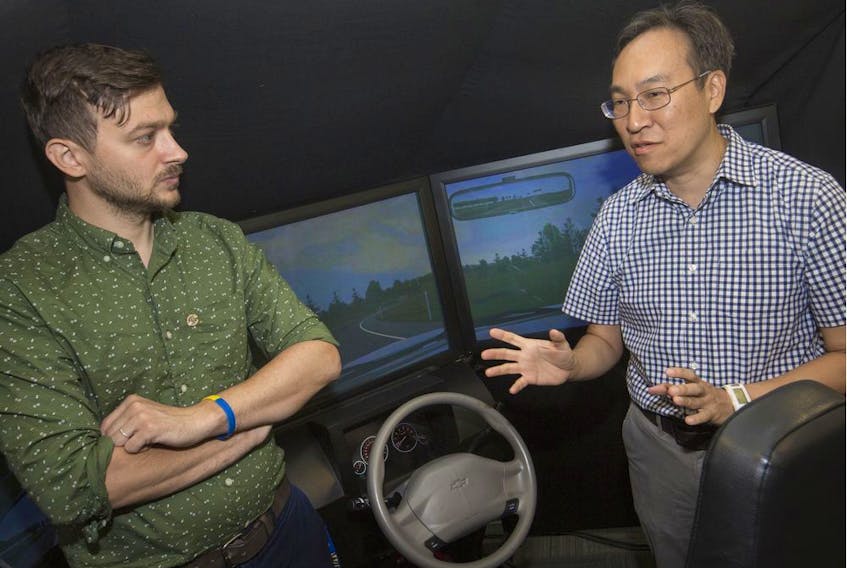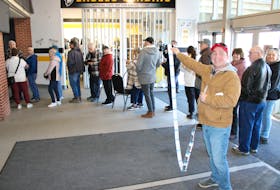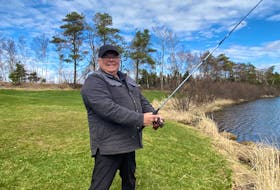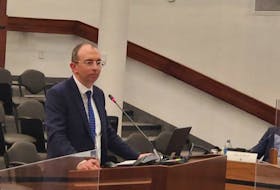Four University of Windsor researchers are launching a study aimed at reducing the tendency of drivers to disengage, increasing the risk of getting into an accident, when automated safety systems are operating in a vehicle.
The team of human kinetics assistant professor Franceso Biondi, engineering associate professor Chris Lee, engineering assistant professor Balakumar Balasingam and engineering assistant professor Yong Hoon Kim have been awarded a grant of nearly $59,000 from the Social Sciences and Humanities Research Council of Canada to support the two-year project.
“We’re guinea pigs for these cars,” said Biondi of the introduction of automated driving features without educating drivers on how best to use them.
“We’re promised this technology will make us better drivers and the roads safer. I hope this is true, but that’ll be very much down the line, 50 to 100 years from now.
“We’re nowhere near having the implementation of complete autonomous technology no matter what (Tesla founder) Elon Musk tells us.”
In addition to the $59,000 grant, the project is getting support from Jaguar and Land Rover, the Japanese-based automotive company Denso, and Intel.
Biondi, who arrived at the University of Windsor a year ago, has done extensive research on driver cognitive load for Jaguar and Land Rover and at the University of Utah.
He said that experience has confirmed that the automated safety features haven’t taken into account the human factor of increased driver disengagement.
“If the systems had accounted for the human factor, we wouldn’t be seeing these crashes,” Biondi said. “My gut feeling is the technology isn’t (making for safer driving).
“We’ve seen crazy video on YouTube, people crawling into the backseat and the car is going 70-80 miles per hour, because the autopilot is on.
“We’re on a slippery slope. If we keep shoving technology down consumers’ throats, without the education to go with it, there’ll be serious consequences.
“That’s part of the message we want to get out.”
Lee has already collected extensive data on driver cognitive load when manually driving.
That will be compared to the new data collected from the hundreds of volunteers participating in the driving simulations.
Among the many features now available on new cars are adaptive cruise control, lane departure and centering, blind spot warning, emergency collision braking, parking assistance, sign recognition and auto pilot or temporary steering.
“We’re going to observe when these features are removed at critical times or you’re suddenly requested to drive,” Lee said. “Are drivers nervous and not ready to take control? We want to study driver behaviour and see if we can better predict it to reduce safety concerns.”
The group’s ultimate goal is to see if they can develop a way of better predicting driver behaviour based on their measurements of the operator’s physiology. If so, the vehicle can then make adjustments or prompt the driver to increase safety and awareness.
“We can measure things like heart rate, heartbeat and eye movement and that tells us about the state of driver engagement,” Lee said.
Biondi believes the group’s research has applications far beyond just the automotive sector.
“This research has implication for a lot of other fields, the military, aviation, hospitals, anything where there’s interest in the state of the user,” Biondi said.
Copyright Postmedia Network Inc., 2019









